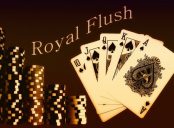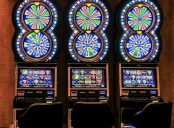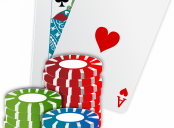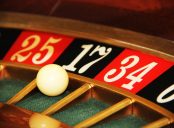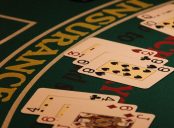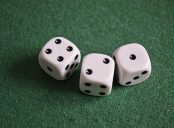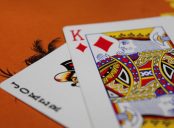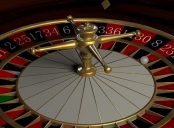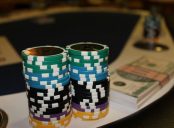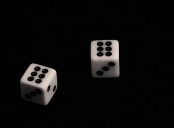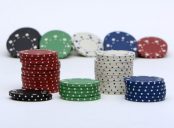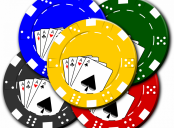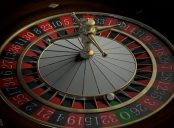Black Jack Sheet: A Comprehensive Guide to Casino Gaming
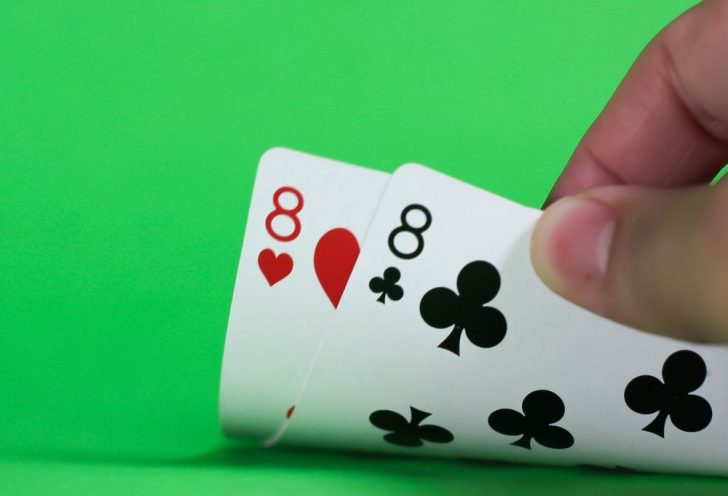
Introduction:
Casino games have always fascinated players with their thrill and excitement. Among the various popular games, Black Jack stands out as a classic and strategic card game. Whether you are a seasoned player or someone interested in diving into the world of casino gaming, it is important to understand the significance of the “Black Jack Sheet.” In this article, we will explore the ins and outs of this essential tool, providing a comprehensive overview for all casino enthusiasts.
A Closer Look at the Black Jack Sheet:
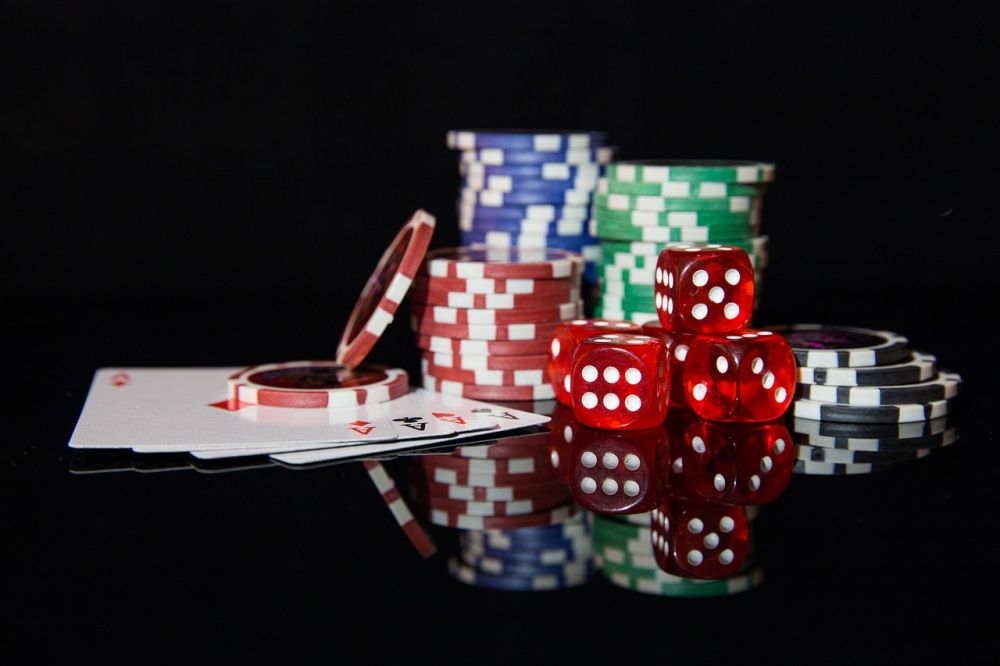
The Black Jack Sheet is a valuable resource that helps players make informed decisions during gameplay. This cheat sheet, often referred to as a strategy chart, displays a player’s optimal moves for each possible hand combination, taking into account the dealer’s upcard. By following the instructions on the sheet, players can significantly reduce the house edge and increase their chances of winning.
Historical Evolution of the Black Jack Sheet:
The origins of the Black Jack Sheet can be traced back to the early 1950s when the game gained popularity in casinos worldwide. Dedicated mathematicians and experts began analyzing the game, trying to devise a strategy that could tilt the odds in favor of the player. The pioneer of the Black Jack Sheet is widely recognized as Roger Baldwin, who published a research paper in 1956 titled “The Optimum Strategy in Blackjack.”
Since Baldwin’s groundbreaking work, numerous researchers and analysts have further refined and improved the Black Jack Sheet. Notable contributions include Edward O. Thorp’s publication of “Beat the Dealer” in 1962, which introduced card counting techniques alongside basic strategy charts. As technology advanced, these strategy charts became easily accessible online, transforming the way players approach the game.
Understanding the Black Jack Sheet:
To fully comprehend the value and relevance of the Black Jack Sheet, it is essential to grasp its structure and usage. The sheet is typically organized into rows and columns, with player hand values listed vertically and the dealer’s upcard displayed horizontally. Each cell within the chart provides a recommended action, such as hitting, standing, doubling down, or splitting. The optimal move is determined by calculating the probabilities and expected values associated with each possible outcome.
By implementing the Black Jack Sheet, players can make informed decisions based on statistical analysis rather than relying solely on intuition or gut feelings. This methodical approach enables players to minimize losses and maximize winnings over the long run.
Using the Black Jack Sheet for Maximum Success:
To effectively utilize the Black Jack Sheet, players must understand and follow some key principles. Here are a few essential tips:
1. Memorize the basic strategy: Familiarize yourself with the strategy chart, internalizing the recommended moves for each possible combination. Practice is crucial for quick decision making during gameplay.
2. Adapt to rule variations: Different casinos may have variations in rules, such as the number of decks used or whether the dealer hits or stands on a soft 17. Adjust your strategy accordingly to maximize your advantage.
3. Combine strategy with card counting: While the Black Jack Sheet focuses on optimal moves for each hand, integrating card counting techniques can further enhance your advantage against the house.
[OPTIONAL: If you have a relevant video, feel free to insert it here to provide visual guidance for readers.]
Conclusion:
The Black Jack Sheet revolutionized the way players approach the game, offering an analytical and strategic approach to maximize their chances of winning. Understanding its significance and utilizing it in gameplay can greatly increase one’s success rate in the world of casino gaming. By combining the Black Jack Sheet with a deep understanding of the rules and principles of the game, players can level the playing field and navigate the captivating world of Black Jack with confidence.

